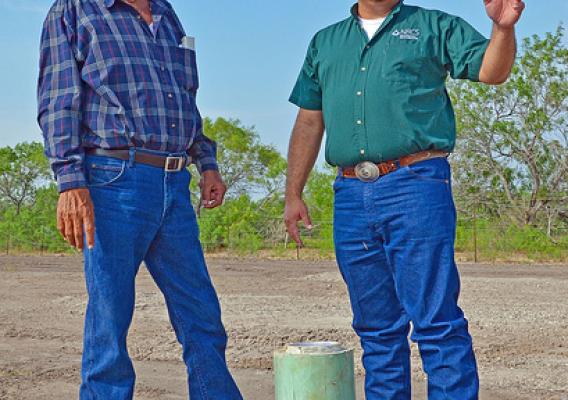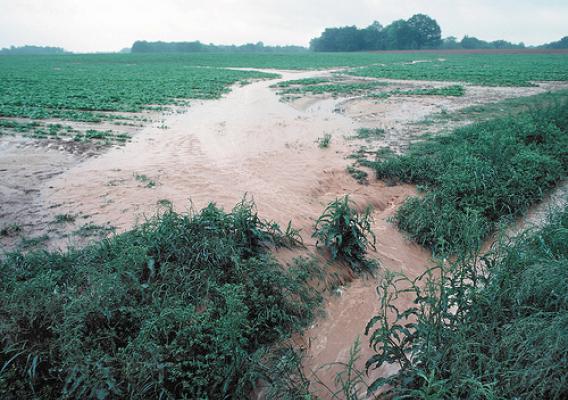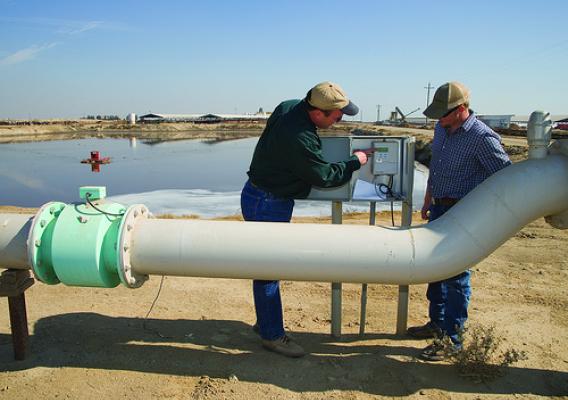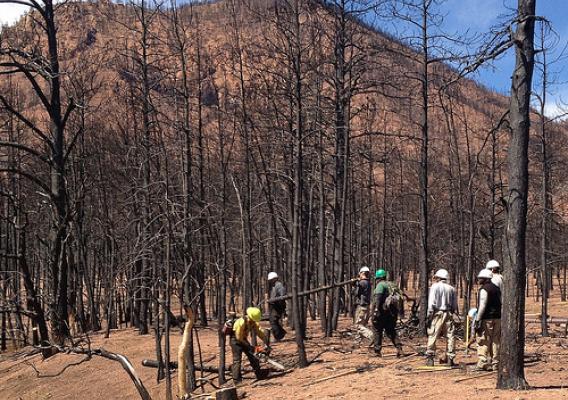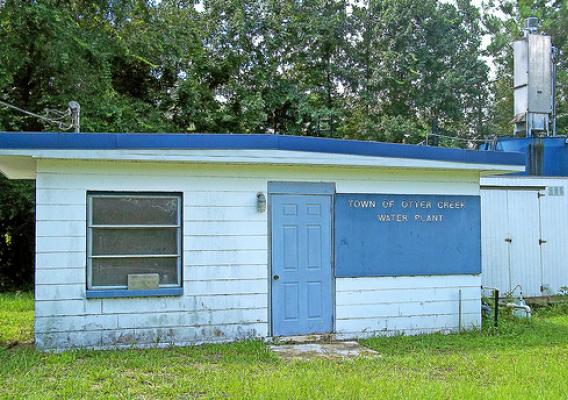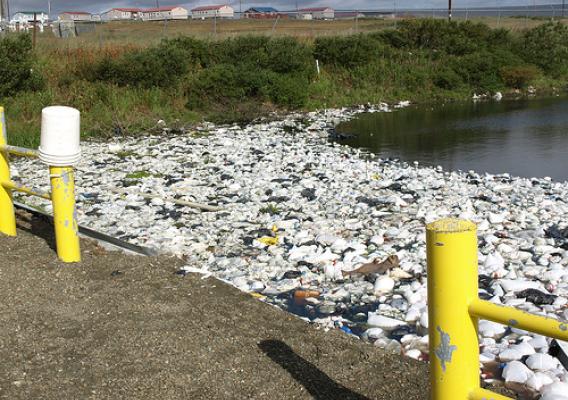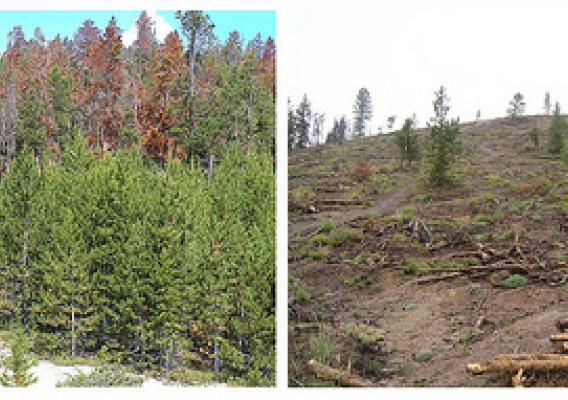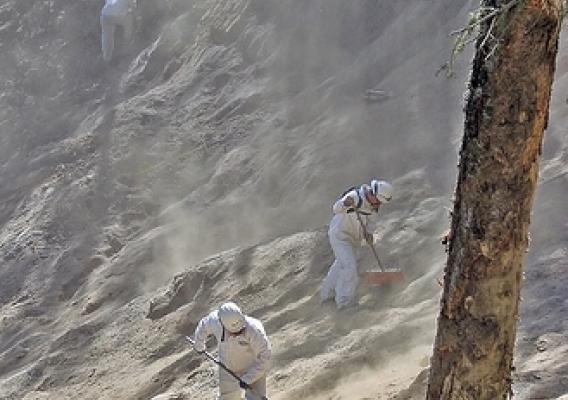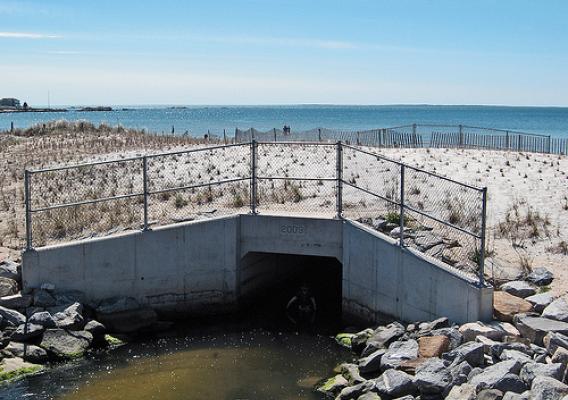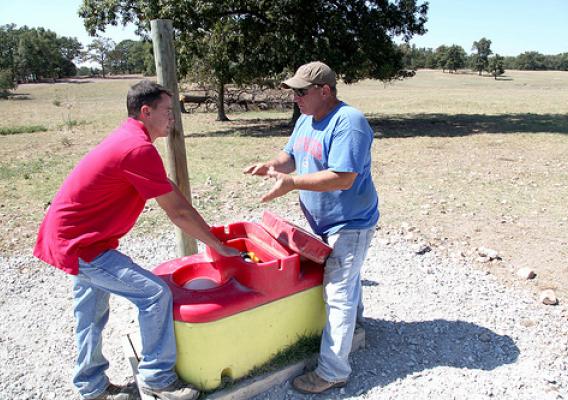There are more than 160,000 public water systems providing water to almost all Americans at some time in their lives. Millions of Americans receive high quality drinking water every day from their public water systems. But access to quality drinking water cannot be taken for granted.
Like many small towns in rural America, the Town of Otter Creek in Levy County, Florida, strives to provide its residents with safe, high quality water. Unfortunately, for this community of under 150 people, poor quality drinking water is a reality. With high levels of trihalomethanes and iron in the water supply, town officials faced a potential health hazard and a lack of financial resources to address the problem. The Town was issued a Consent Order by the Florida Department of Environmental Protection to find a solution for the water quality issue. Given the town’s median household income of $18,000, and limited town resources, town officials sought assistance to develop a plan toward remedying the situation.

